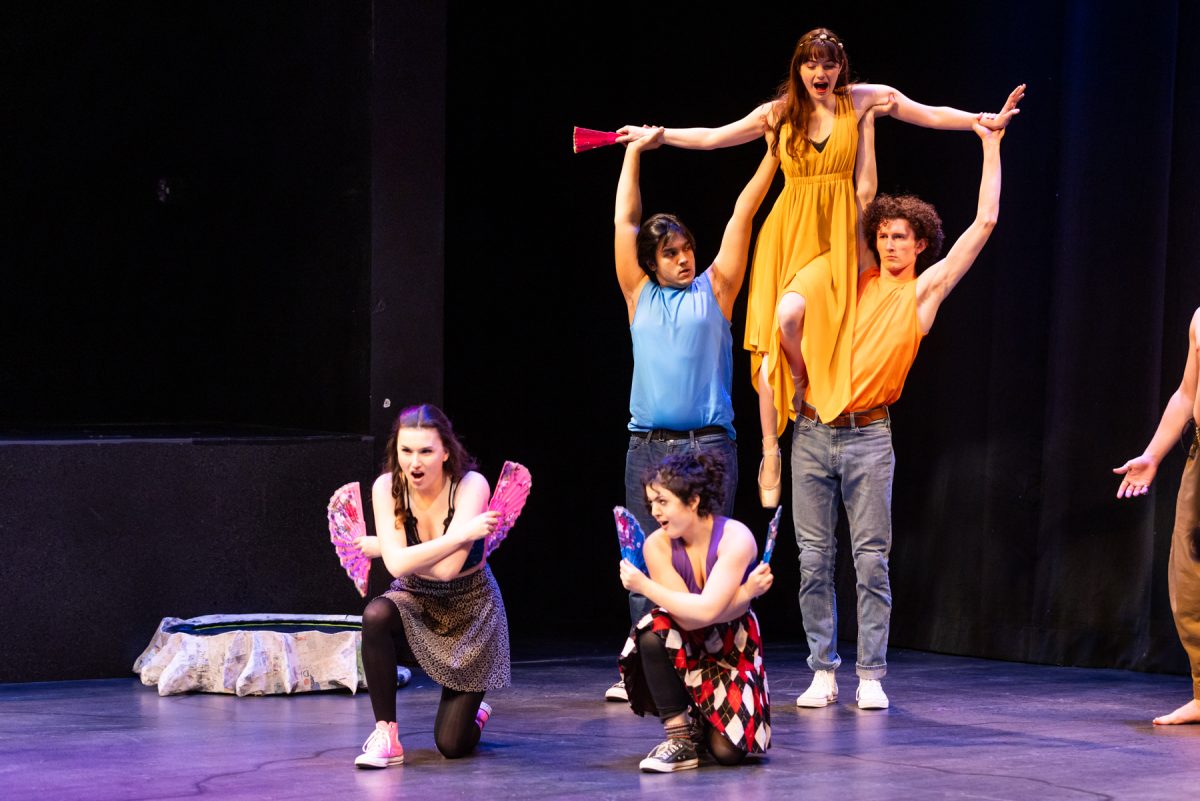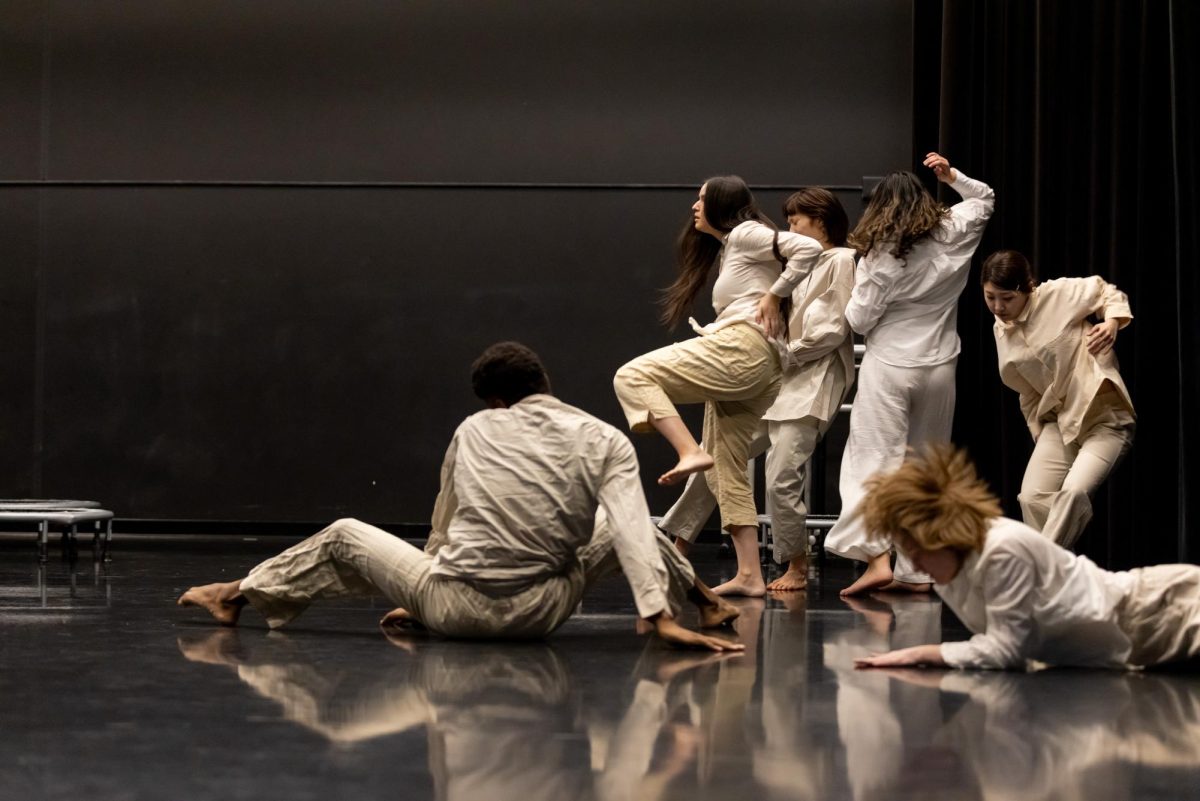Many writers have broached the subject of exile.
Nobel Prize-winning authors such as Salman Rushdie and V.S. Naipaul have dealt with it not only in their fiction but also as exiles themselves. Identity crisis, feelings of transience and a futile longing for home constantly plague their characters. Neither can they identify with their ancestral homeland or the reality of their foreignness, so they hang in a limbo between the two.
Estelle, the main character in Peggy Payne’s novel “Sister India,” flees the world of the West in the face of racial violence. She turns toward the mysticism of India.
In the novel, the “Lonely Planet Guidebook” suggests that foreign travelers lodge at the Sarawswati Guest House in Varanasi. The book revolves around three Westerners’ arrival at this storied locale. Jill Thornton and T.J. Clayton have come between business to revel in the mystery and sights of the town. Accompanying them is old Marie Jasper, who has come to find some tranquility at the banks of the River Ganges after her husband’s death.
The exotic city captivates the tourists’ imaginations with its perfumed alleys, spice markets and chanting holy men. Under the spell of their foreign travels, the world as they have known it before is converted into one of mystery.
Nevertheless, the travelers are exposed, as all travelers should be, to the more mundane of Varanasi’s sights. Hindu-Muslim confrontations result in a series of murders, and Varanasi’s poverty and disease become secondary concerns as the sacred place is put under curfew.
At the center of the story is Madame Natraja (Cheryl Brinkley), proprietress of the Saraswati Guest House. The untraditional hostess takes many of the guests by surprise. Expecting Madame Natraja to be Indian, the guests instead find a 400-pound white woman from North Carolina. The novel recounts Estelle’s transformation into Madame Natraja.
Estelle had an affair with a black man, which caused quite a stir in her hometown. It resulted in her boyfriend’s death and her flight to India.
Adaptating literature for the theater can be risky business. It is hard for a play to offer the same kind of scope and historical perspective as novels. In addition to the problems posed by having to condense character development and narrative time, squeezing the plot threatens the loss of a novel’s original continuity.
Rita Mustaphi, director and founder of Katha Dance Theatre, dealt with this problem by focusing her dance/drama adaptation of “Sister India” on Madame Natraja’s struggle.
“I went back and forth, back and forth thinking about doing (‘Sister India’) as a dance drama,” Mustaphi said. “The book has many characters, and to do justice to each of those characters is huge. It’s like each life is going in a cycle, and tracing the growth of that character is tremendous. So after reading through the whole piece several times, I came to the idea that if I trace the main character, her journey of life, it ties up many of the supporting characters. And that’s how I thought of this project.”
But how does one transform the narrative of a novel into a dramatic dance presentation?
Katha Dance Theatre’s adaptation of the novel uses a traditional dance style from North India called kathak. The Hindi word “kathak” is a derived from “katha” (story). A kathak is therefore one who tells a story through an innovative choreography. In the past, Indian storytellers specialized in conveying tales from the great Indian epics and scenes from the lives of the gods through dance.
Katha Dance Theatre uses this tradition to great effect in its adaptation. The company shows viewers the imagery and the raw emotional magnetism of a story. Elegant twirls, pirouettes, sudden poses and the rhythmic stamping of feet successfully translate Natraja’s struggle from book to stage. The personal narrative of the novel is abandoned for an exhibition of emotions, subtly displayed through the dancer’s gestures.
In one particular flashback, Natraja recalls the night of violence that spurred her journey to India. In this scene two boys come upon Estelle and her black boyfriend and kill him. Instead of dramatically enacting the whole confrontation, a set of dancers, each with a large maroon sari, symbolically dance out the violence.
Similarly, there are many scenes at the River Ganges that utilize a large blue sari to evoke the river’s presence. These scenes use rich Indian music and different poses of worship to establish their dramatic content. The novelistic narrative once again has been discarded of its wordy concreteness in favor of the awesome power of abstract imagery.
Indeed, Katha Dance Theatre’s engrossing adaptation questions the need for literature. Why read when we can dance?
















